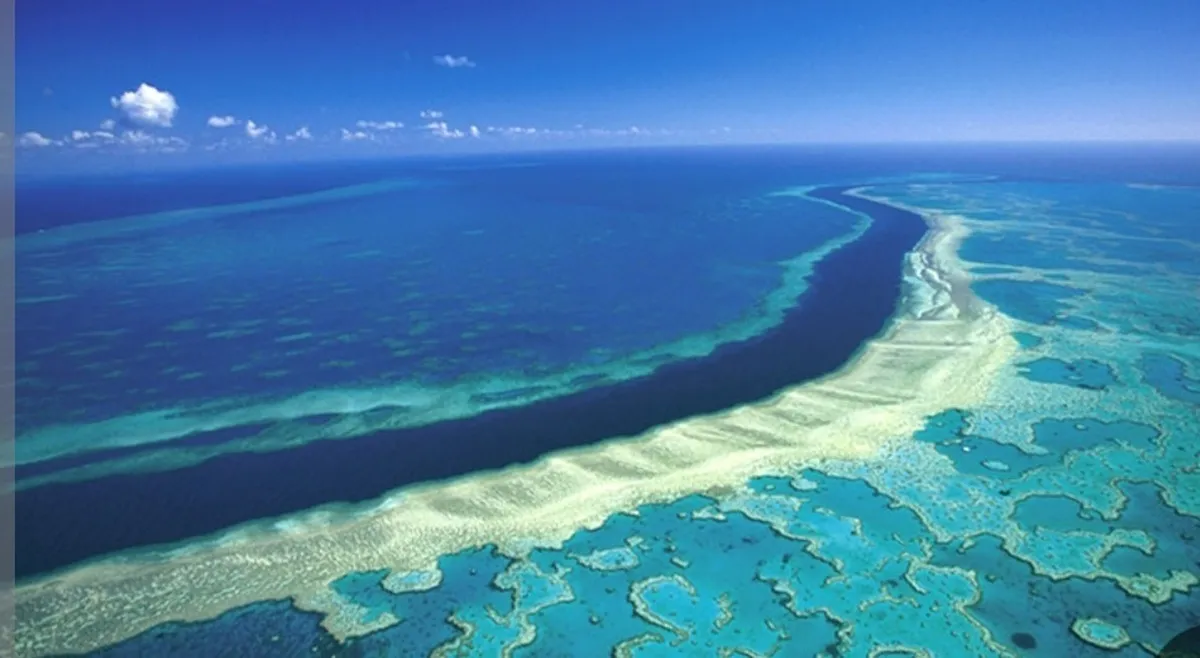Iranian Researchers Produce Device to Help Protect Coral Reefs

“A large number of coral reefs have been identified in the Persian Gulf and the Strait of Hormuz, and more than 14,000 square kilometers of the coral reefs in the Middle East account for 6% of the world's total coral reefs,” Masoumeh Hashempour, the project manager and one of the postdoctoral researchers at the Amirkabir University of Technology said.
“However, in the Middle East, 65% of coral reefs face risk of destruction, of which more than 20% are in a dire situation,” she added.
The AUT researcher attached great importance to preserving the health of coral reefs and finding and offering an environmental solution to save them.
“In this university, we implemented a project entitled ‘Simulation of the performance of tubular sponges and its effect on the hydrodynamics of flow and sediment transport in marine environments’ to offer a solution to restore and protect these coral reefs with the approach of hydrodynamic management of marine environments as one of the goals of the project,” Hashempour said.
“In controlling sedimentation and pollution in coral reefs or even sedimentation in access channels of ports, various methods have been presented, which sometimes have had temporary and short-term effects and in some cases have resulted in enormous costs for the government, but in this plan, we present the artificial sponge device which does not come with such challenges,” she stressed.
According to her, the design and construction of the artificial sponge device was inspired by a natural living organism, and the results of laboratory and computer simulation studies have shown its good performance in different marine environments.
Highlighting the fact that artificial sponges are effective in reducing sedimentation and accumulation of pollutants in aquatic environments, she added that these sponges “can also act in reducing wave energy in the region and help reduce damages caused by waves hitting the coastline. This can play an important role in protecting the strategic southern region of the country".
According to her, their method can work by changing the flow pattern in order to protect coral reefs, reduce dredging costs, and reduce wave energy and damages as waves travel through coral reefs.
Hashempour said that increasing the lifespan of coral reefs using the current model (due to the reduction of pollutant and sediment accumulation) prevents the migration of aquatic animals from the region and result in the expansion of related businesses such as pearl hunting, oil extraction and fishing. “This allows for a living environment in coastal areas that will in turn help generate revenues and jobs for the community,” she added.
“In the studies carried out simultaneously with the laboratory studies, computer simulations were investigated to ensure the performance of the device in current, wave and sedimentary environments,” the AUT researcher added.
“This device is not only effective in managing the hydrodynamics of marine environments, but it can also be effective in controlling pollutants accumulated in coral environments. Furthermore, this method can be a suitable option in reducing the sedimentation rate in waterways and ports which in turn will increase the capacity of passing ships,” added Hashempour.
4155/i





















